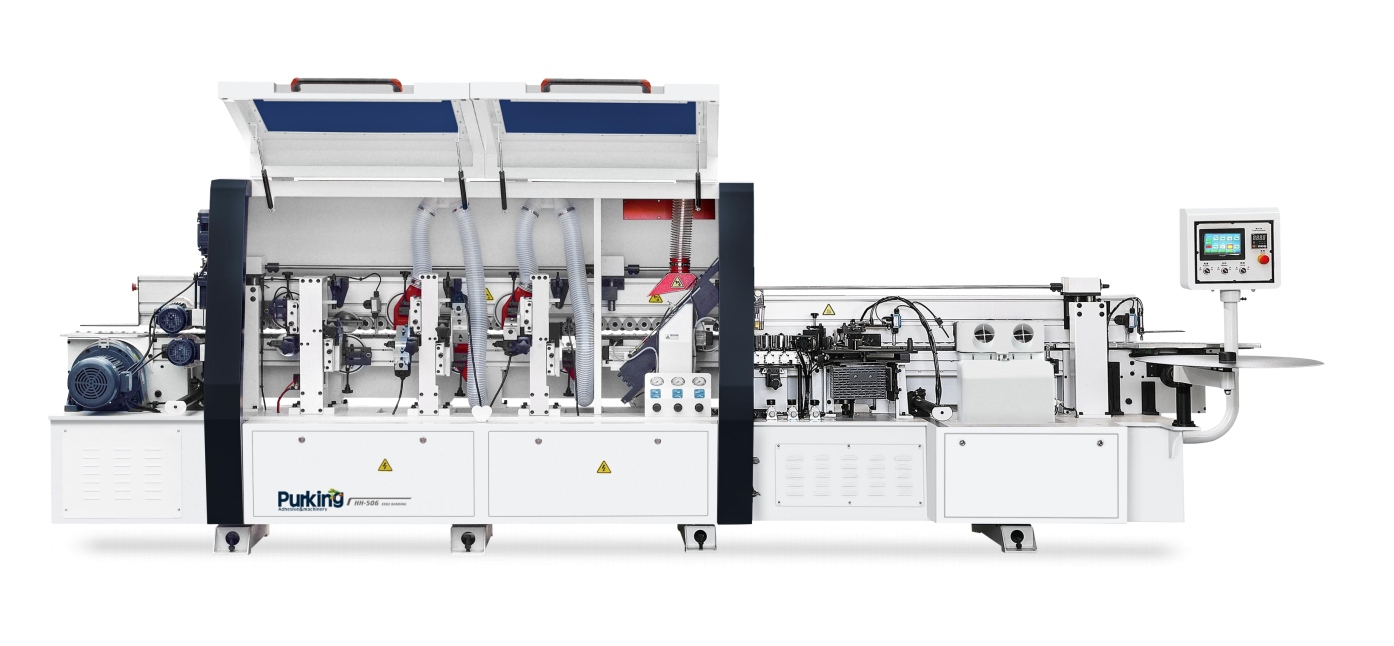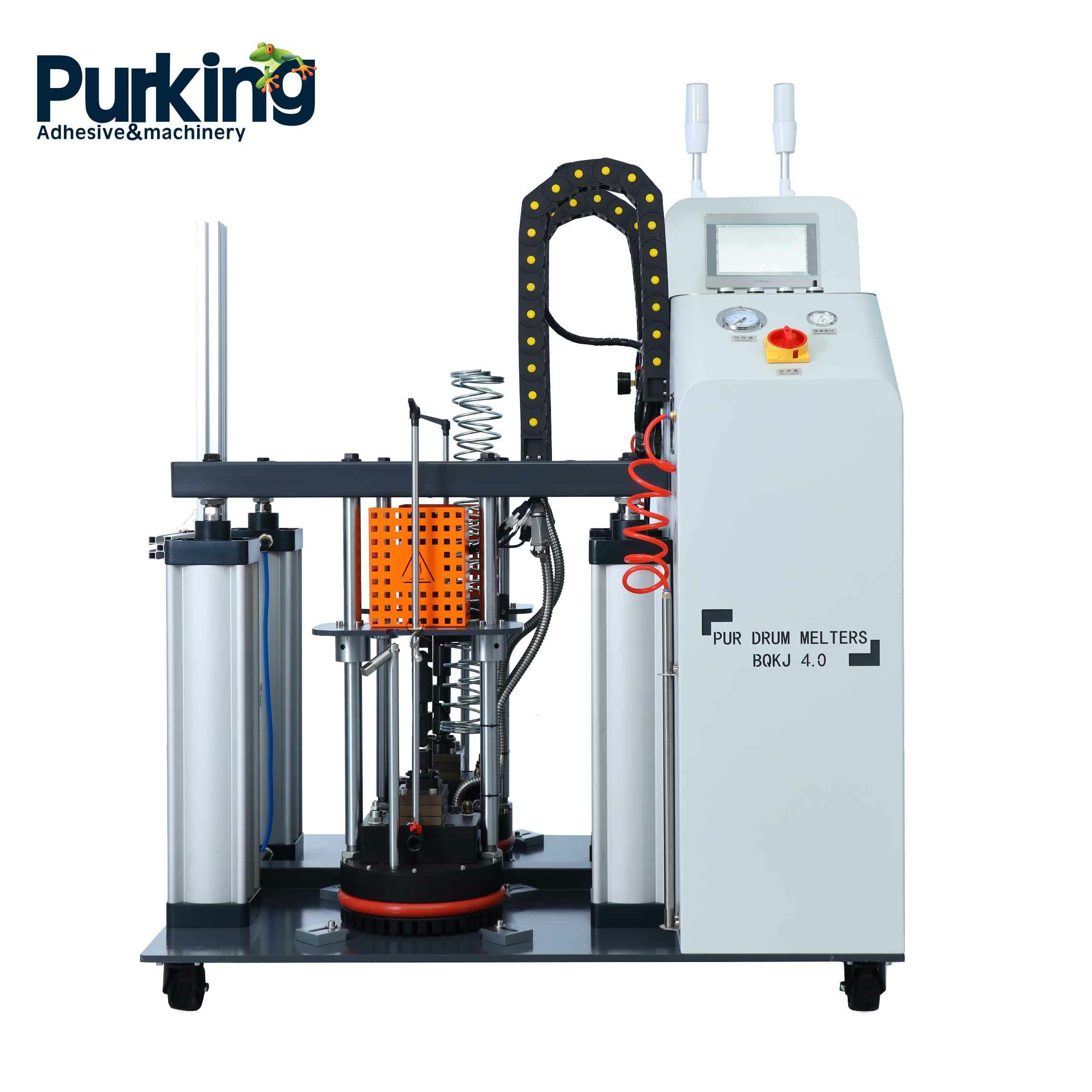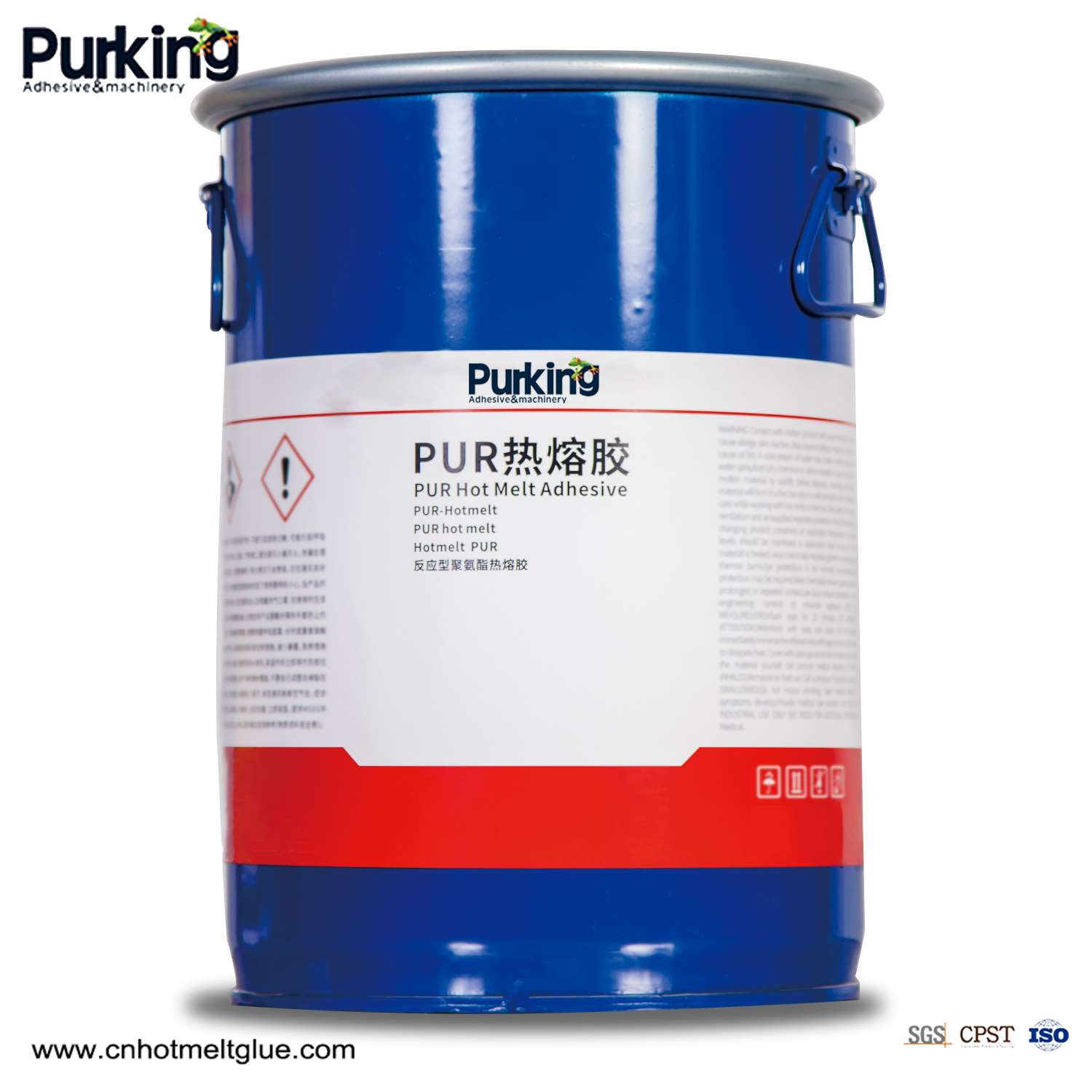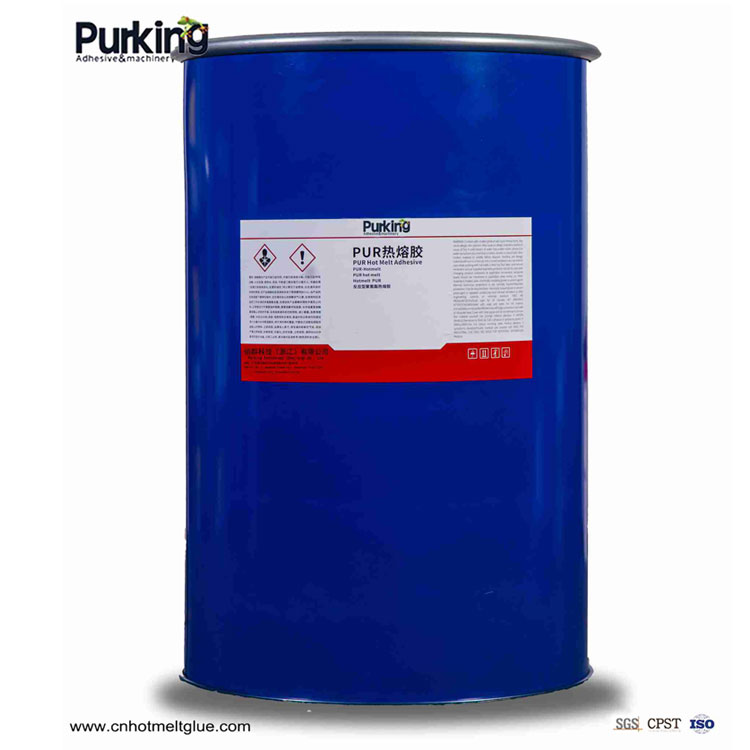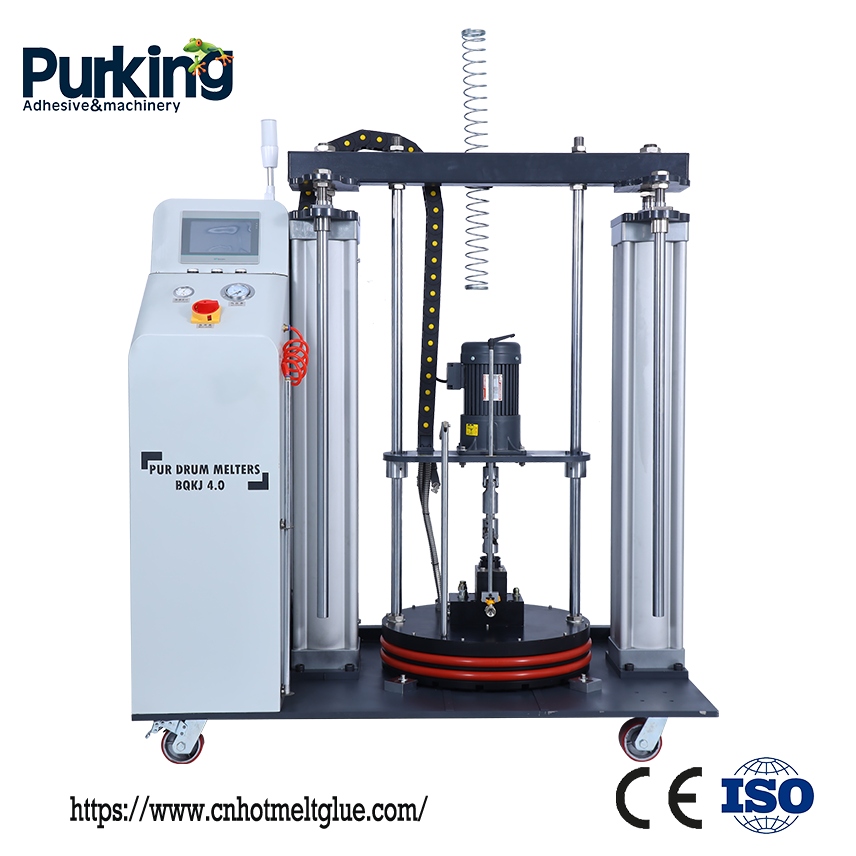Pressure-sensitive hot melt adhesives can show excellent adhesion properties at room temperature, such as peeling force, initial adhesion, etc., but the performance at low temperatures is not ideal. Mainly due to the sensitivity of pressure sensitive hot melt adhesives to ambient temperature. Generally speaking, most pressure-sensitive hot melt adhesives are designed for room temperature conditions of 25°C, but the market is unlikely to accept pressure-sensitive hot melt adhesives for use at specific temperature conditions from suppliers. Therefore, there is a need to provide thermal pressure sensitizers with a wide temperature range.
The most important issue in the design of pressure sensitive hot melt adhesives with such a wide temperature range is the glass transition temperature. Most general purpose pressure sensitive hot melt adhesives used at room temperature typically have a glass transition temperature of 0-10°C. Low temperature adhesion properties of pressure sensitive hot melt adhesives require lower glass transition temperature. However, the flow/wetting properties of this adhesive at room temperature will be reduced, which means that the performance of the pressure sensitive hot melt will be reduced. According to the above explanation, theoretically, no pressure-sensitive hot melt adhesive can guarantee excellent adhesive performance at both room temperature and low temperature.
However, when it comes to design skills, we can strike a balance in the following three areas.
First, we can choose an elastomer with an appropriate cross-sectional ratio to make the rubber phase composition as high as possible;
The second is to choose an elastomer with a broad molecular weight distribution.
Third, the adhesive is selected to form 2 glass transition temperature points.
 English
English  Esperanto
Esperanto  Afrikaans
Afrikaans  Català
Català  שפה עברית
שפה עברית  Cymraeg
Cymraeg  Galego
Galego  Latviešu
Latviešu  icelandic
icelandic  ייִדיש
ייִדיש  беларускі
беларускі  Hrvatski
Hrvatski  Kreyòl ayisyen
Kreyòl ayisyen  Shqiptar
Shqiptar  Malti
Malti  lugha ya Kiswahili
lugha ya Kiswahili  አማርኛ
አማርኛ  Bosanski
Bosanski  Frysk
Frysk  ភាសាខ្មែរ
ភាសាខ្មែរ  ქართული
ქართული  ગુજરાતી
ગુજરાતી  Hausa
Hausa  Кыргыз тили
Кыргыз тили  ಕನ್ನಡ
ಕನ್ನಡ  Corsa
Corsa  Kurdî
Kurdî  മലയാളം
മലയാളം  Maori
Maori  Монгол хэл
Монгол хэл  Hmong
Hmong  IsiXhosa
IsiXhosa  Zulu
Zulu  Punjabi
Punjabi  پښتو
پښتو  Chichewa
Chichewa  Samoa
Samoa  Sesotho
Sesotho  සිංහල
සිංහල  Gàidhlig
Gàidhlig  Cebuano
Cebuano  Somali
Somali  Тоҷикӣ
Тоҷикӣ  O'zbek
O'zbek  Hawaiian
Hawaiian  سنڌي
سنڌي  Shinra
Shinra  Հայերեն
Հայերեն  Igbo
Igbo  Lëtzebuergesch
Lëtzebuergesch  Malagasy
Malagasy  Sundanese
Sundanese  Yoruba
Yoruba  Español
Español  Português
Português  русский
русский  Français
Français  日本語
日本語  Deutsch
Deutsch  tiếng Việt
tiếng Việt  Italiano
Italiano  Nederlands
Nederlands  ภาษาไทย
ภาษาไทย  Polski
Polski  한국어
한국어  Svenska
Svenska  magyar
magyar  Malay
Malay  বাংলা ভাষার
বাংলা ভাষার  Dansk
Dansk  Suomi
Suomi  हिन्दी
हिन्दी  Pilipino
Pilipino  Türkçe
Türkçe  Gaeilge
Gaeilge  العربية
العربية  Indonesia
Indonesia  Norsk
Norsk  تمل
تمل  český
český  ελληνικά
ελληνικά  ελληνικά
ελληνικά  український
український  Javanese
Javanese  فارسی
فارسی  தமிழ்
தமிழ்  తెలుగు
తెలుగు  नेपाली
नेपाली  Burmese
Burmese  български
български  ລາວ
ລາວ  Latine
Latine  Қазақша
Қазақша  Euskal
Euskal  Az?rbaycan
Az?rbaycan  Az?rbaycan
Az?rbaycan  Slovensky jazyk
Slovensky jazyk  Македонски
Македонски  Lietuvos
Lietuvos  Eesti Keel
Eesti Keel  Română
Română  Slovenski
Slovenski  मराठी
मराठी  Srpski језик
Srpski језик 



